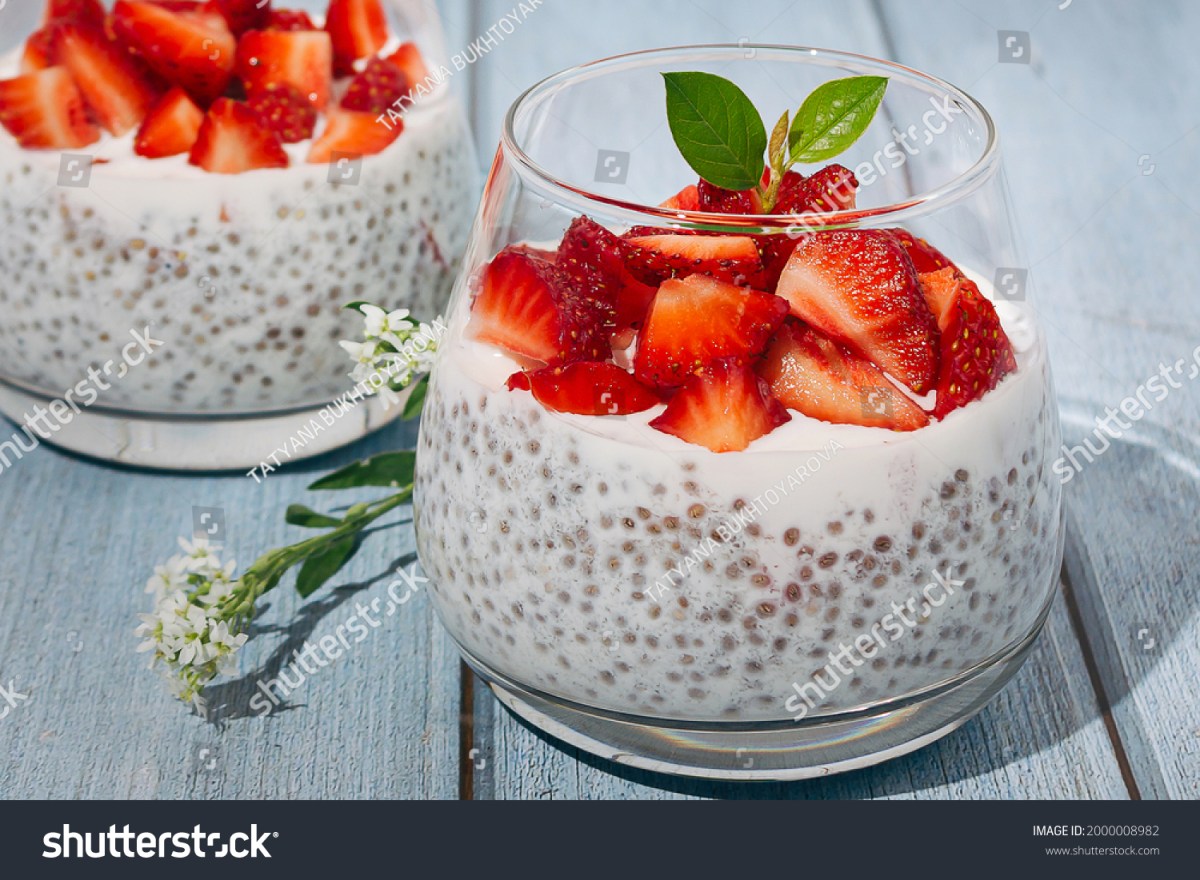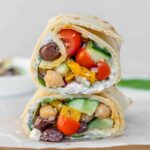Indulge your sweet tooth without the soy! This collection of decadent desserts proves that deliciousness doesn’t require soy products. Prepare to be captivated by rich textures, intensely satisfying flavors, and recipes designed to tantalize your taste buds. We’ll explore a world of soy-free alternatives, revealing how simple substitutions can unlock a universe of baking possibilities, from velvety mousses to intensely chocolatey cakes and melt-in-your-mouth cookies. Get ready to discover the secrets to creating stunning, soy-free treats that will leave you craving more.
We’ll delve into three irresistible recipes, each meticulously crafted to showcase the versatility of soy-free ingredients. Learn to master techniques that deliver the perfect texture and flavor, even without soy. We’ll explore various soy-free substitutes, comparing their properties and guiding you in selecting the best options for your baking needs. Each dessert’s visual appeal will be meticulously described, igniting your imagination with vivid descriptions of color, texture, and aroma. Finally, a comprehensive step-by-step guide will empower you to confidently create these decadent masterpieces in your own kitchen.
Ingredient Exploration

Embarking on a soy-free baking journey requires understanding the versatile world of soy-free substitutes. Many common baking ingredients contain soy, often hidden in unexpected places. This section explores readily available alternatives, highlighting their unique properties and how to successfully integrate them into your decadent dessert recipes. We will delve into their impact on texture and taste, providing practical tips for achieving consistently delicious results.
Soy Milk Alternatives and Their Applications
Soy milk is a staple in many recipes, providing moisture and richness. Fortunately, numerous plant-based alternatives offer comparable functionality. Almond milk, for instance, lends a subtly nutty flavor and creamy texture to cakes and mousses. Its slightly thinner consistency might require a slight adjustment in flour quantity in some recipes. Coconut milk, with its rich, tropical notes, adds a decadent touch to custards and creamy fillings. Its higher fat content contributes to a luxuriously smooth texture. Oat milk, known for its creamy texture and mild flavor, works well in muffins and quick breads, providing moisture without overpowering other ingredients. Rice milk, while less creamy, offers a neutral flavor profile, making it a suitable option when you want the other ingredients to shine. For instance, in a delicate lemon curd, rice milk’s subtle nature allows the bright citrus notes to take center stage.
Soy Lecithin Alternatives and Their Impact on Texture
Soy lecithin is an emulsifier frequently used in baking to bind ingredients and create smooth textures. Fortunately, several effective alternatives exist. Sunflower lecithin, derived from sunflower seeds, provides similar emulsification properties and works seamlessly in most recipes. It’s a versatile option for cakes, brownies, and frostings, ensuring a smooth, homogenous consistency. Another excellent alternative is egg yolks, which naturally possess emulsifying capabilities. They add richness and color, especially beneficial in custards and creamy desserts. However, remember that egg yolks add a distinct flavor that may alter the overall taste profile of the dessert. In some cases, a simple reduction in liquid content can mitigate the need for an emulsifier altogether, especially in denser recipes. For example, in a fudge recipe, slightly reducing the liquid content can achieve a smoother texture without relying on any emulsifier.
Best Practices for Selecting and Using Soy-Free Substitutes
Choosing the right soy-free substitute depends on the specific recipe and desired outcome. Always consider the impact on texture and taste. For instance, substituting almond milk for soy milk in a recipe calling for a dense, moist cake might require adding a tablespoon or two of extra flour to compensate for the almond milk’s thinner consistency. Conversely, using coconut milk could add a distinct coconut flavor that may not be desirable in all recipes. Start by carefully reading the recipe and understanding the role of each ingredient. Then, select a substitute with similar properties and consider potential adjustments needed to achieve the desired results. Experimentation is key; don’t be afraid to try different substitutions to find what works best for your palate and the specific recipe. Begin with small adjustments and gradually refine your approach based on your experiences. Thorough reading of labels and careful ingredient selection is crucial for avoiding unexpected soy content in seemingly soy-free products.
Visual Appeal
The visual appeal of a dessert is paramount; it’s the first impression, often influencing the overall enjoyment. A beautifully presented soy-free dessert elevates the experience from simple indulgence to a truly decadent treat. The textures and colors should work in harmony, creating a symphony for the eyes before the first bite. This section will explore how to achieve this visual richness through careful consideration of texture, color, and presentation.
Achieving the desired visual appeal in soy-free desserts requires attention to detail in every step, from ingredient selection to the final garnish. The right balance of colors, textures, and presentation can transform a simple dessert into a culinary masterpiece.
Chocolate Lava Cakes with Raspberry Coulis
Imagine a rich, molten chocolate cake, its surface a deep, glossy ebony, slightly cracked to reveal the intensely dark, almost viscous chocolate interior. The contrast is heightened by a vibrant, jewel-toned raspberry coulis, its deep red hue pooling elegantly around the cake’s base. The coulis itself boasts a glistening sheen, suggesting a luscious texture, while the cake’s slightly uneven surface speaks of its homemade charm. To achieve this look, use high-quality dark chocolate for an intense color and shine. The crackled top is a natural result of the cake’s molten center, but a gentle score with a knife before baking can enhance the effect. The raspberry coulis’s vibrancy is maintained by using fresh, ripe raspberries and straining the mixture for a smooth, glossy finish. A dusting of powdered sugar can add a final touch of elegance.
Coconut Mango Panna Cotta
Picture a creamy panna cotta, its surface a smooth, shimmering ivory, almost porcelain-like in its perfection. This delicate white is beautifully offset by vibrant chunks of mango, their sunny yellow and orange hues scattered artfully across the panna cotta’s surface. The subtle translucency of the panna cotta allows the mango’s color to shine through, adding depth and visual interest. Achieving this requires careful attention to the cooking process; overcooking can lead to a dull, opaque texture. The use of full-fat coconut milk contributes to the creamy texture and subtle ivory color. The mangoes should be ripe but firm to maintain their shape and vibrant color. A simple garnish of fresh mint sprigs adds a touch of freshness and visual appeal.
Lemon Raspberry Tart with Almond Crust
Envision a golden-brown almond crust, its edges delicately crimped, forming a rustic yet elegant base. This is filled with a bright, sunny lemon curd, its pale yellow hue contrasting beautifully with the scattered ruby red raspberries nestled on top. The tart’s glossy lemon filling shines with a subtle, almost luminous quality, suggesting its creamy texture. The raspberries, plump and juicy, add pops of color and textural contrast. The key to this look is a perfectly baked crust with a deep golden color, achieved through careful attention to baking time and temperature. The lemon curd should be smooth and glossy, requiring gentle cooking and straining to remove any lumps. Arranging the raspberries artfully, allowing some to peek out from under others, adds to the visual appeal. A light dusting of powdered sugar can enhance the overall presentation.
Step-by-Step Baking Guide
This guide provides a comprehensive, step-by-step tutorial for creating decadent, soy-free chocolate avocado mousse. This recipe is surprisingly simple, resulting in a rich and creamy dessert that belies its healthy ingredients. Even novice bakers will find this recipe easy to follow and adapt.
Chocolate Avocado Mousse Preparation
This section details the meticulous process of preparing the base of our chocolate avocado mousse. Precise measurements and gentle handling are key to achieving a smooth and luxurious texture.
- Begin by selecting two ripe, but firm avocados. Their creamy texture is crucial for the mousse’s consistency. Avoid avocados that are overly soft or bruised, as this will affect the final product’s smoothness.
- Carefully remove the avocado flesh from the pits and place it in a food processor. Ensure that you remove all traces of the pit, as even small fragments can impact the final texture.
- Add 1/2 cup of unsweetened cocoa powder to the food processor. High-quality cocoa powder will enhance the rich chocolate flavor. Gently pulse the mixture until it is well combined.
- Next, add 1/4 cup of maple syrup (or your preferred liquid sweetener) and a pinch of sea salt. The maple syrup adds sweetness and balances the richness of the avocado and cocoa. The salt enhances the overall flavor profile.
- Pour in 1/4 cup of full-fat coconut milk. The coconut milk adds creaminess and richness, contributing to the luxurious texture of the mousse.
- Process until the mixture is completely smooth and creamy. Scrape down the sides of the food processor as needed to ensure even blending. The final mixture should be a deep, rich brown color, almost like melted chocolate.
Troubleshooting Common Soy-Free Baking Issues
This section addresses potential challenges encountered during the baking process and offers practical solutions for achieving optimal results. Understanding these common problems can prevent frustration and ensure a successful outcome.
- Dry Mousse: If the mousse is too dry, this may indicate insufficient liquid. Add a tablespoon or two of additional coconut milk or water, processing until the desired consistency is achieved. Always add liquids gradually to avoid making the mousse too thin.
- Lumpy Mousse: Lumps often result from insufficient processing. Ensure the avocado is thoroughly pureed and all ingredients are fully incorporated. Use a high-speed food processor or blender for optimal results.
- Overly Sweet Mousse: If the mousse is excessively sweet, reduce the amount of maple syrup next time. Start with a smaller quantity and adjust to your preference. Taste as you go for optimal sweetness control.
Mousse Assembly and Serving Suggestions
This section Artikels the final steps in creating the mousse and suggests creative ways to enhance its presentation and enjoyment. Simple additions can transform a basic dessert into a culinary masterpiece.
Once the mousse is perfectly smooth, carefully spoon it into individual serving dishes or a larger bowl. Chill the mousse in the refrigerator for at least 2 hours to allow it to set and the flavors to meld. Garnish with fresh berries, chocolate shavings, or a dusting of cocoa powder before serving. The contrast in color and texture adds visual appeal and complements the rich chocolate flavor of the mousse. A dollop of whipped coconut cream can also add a luxurious touch.
Unleash your inner pastry chef with this comprehensive guide to creating irresistible soy-free desserts. From understanding the nuances of soy-free substitutes to mastering the art of achieving perfect texture and visual appeal, you’ll gain the confidence and knowledge to bake delectable treats that everyone will adore. The journey from ingredient selection to the final, mouthwatering presentation is detailed, ensuring that even novice bakers can achieve stunning results. So, ditch the soy and embrace the delightful world of rich, decadent, and entirely soy-free desserts – your taste buds will thank you!
Question Bank
Can I use coconut milk instead of almond milk in these recipes?
Yes, coconut milk can often be substituted for almond milk, but it will impart a distinct coconut flavor. Consider this when choosing your substitute.
Are these recipes gluten-free as well?
Not necessarily. The recipes themselves may be adaptable to gluten-free flours, but it would require careful ingredient substitution. Check each recipe individually for specific details.
How long can I store these desserts?
Storage time varies depending on the dessert. Refer to the individual recipe instructions for specific storage recommendations and shelf life.
What are the best ways to decorate these desserts?
Many options exist! Consider fresh fruit, chocolate shavings, whipped cream, or a simple dusting of powdered sugar, depending on the dessert.


